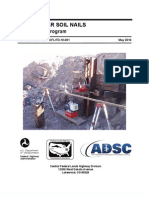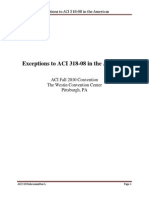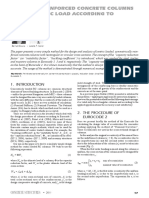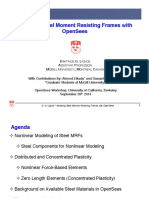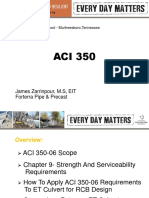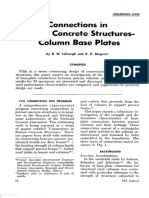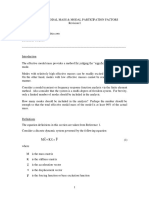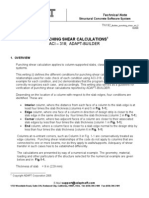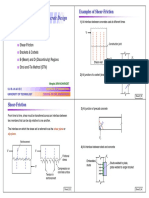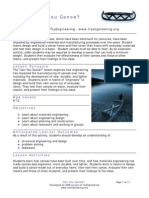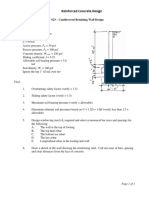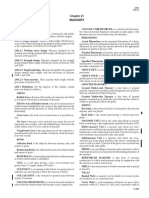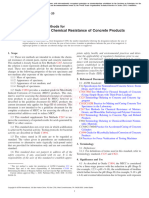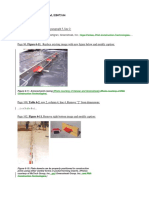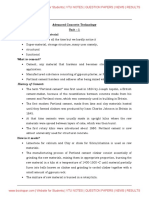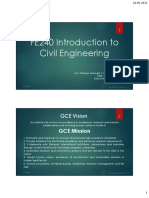0% found this document useful (0 votes)
375 views4 pagesDesign/Build of A Concrete Canoe : From Start To Finish Line
boom
Uploaded by
Waheed AhmadCopyright
© © All Rights Reserved
We take content rights seriously. If you suspect this is your content, claim it here.
Available Formats
Download as PDF, TXT or read online on Scribd
0% found this document useful (0 votes)
375 views4 pagesDesign/Build of A Concrete Canoe : From Start To Finish Line
boom
Uploaded by
Waheed AhmadCopyright
© © All Rights Reserved
We take content rights seriously. If you suspect this is your content, claim it here.
Available Formats
Download as PDF, TXT or read online on Scribd
/ 4




